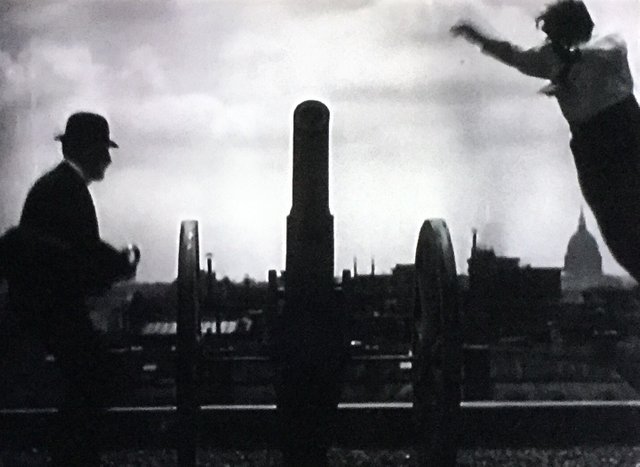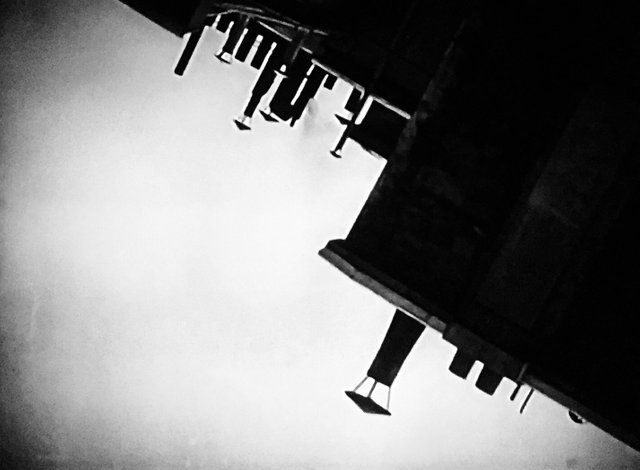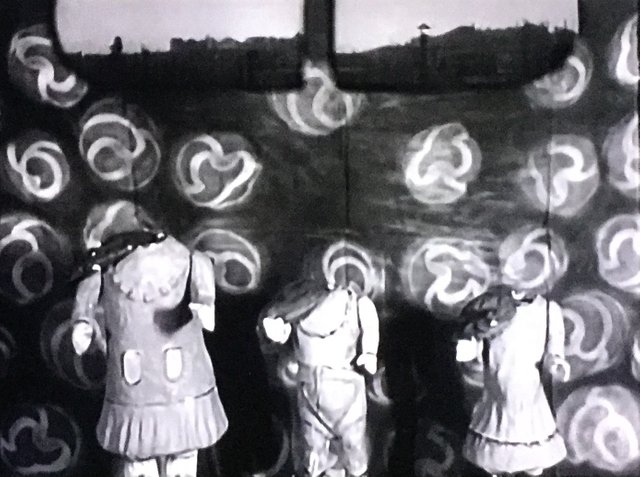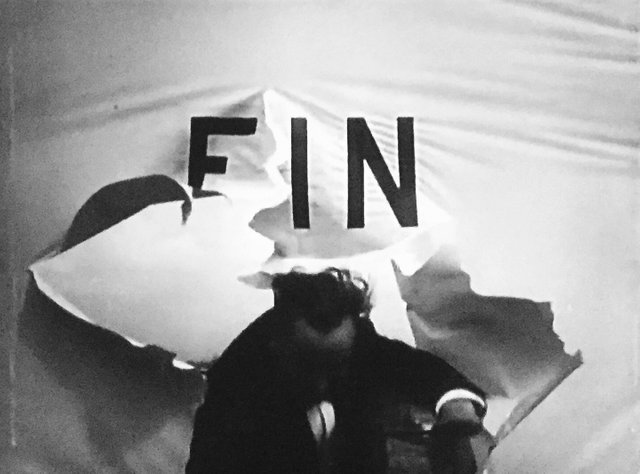INTERMISSION [René Clair, 1924] - film review by Mandibil
There are potentially many reasons why art exploded in the 1920´s. There was a pent up pre-war, society-inhibited, energy that was suddenly released after the war years. There was the anger from the carnage of the war. New artistic medias of film, music and photography was challenging and sidetracking old cultural medias of painting and sculpture. And not least, the economic booms and busts of centralbank-controlled money creation and political turmoil in most of Europe. Among this conglomerate of confusion, none were more artistically contrarian, than the dadaists. Even their "name", was nonsense. Dadaism was a deliberate attack on (old) culture and society. Nothing good had come from conforming to authoritarian rules, but had instead led to a mass slaughter in the first world war. Society and culture needed to get a slap in the face and be shaken in its foundation. Art had become high society, instead of staying provocative and demanding of your morality and ability to stay individual and critical. The dadaists agenda would naturally fade slowly and dissolved into mainstream, as society rather wanted to forget the war than process it. What eventually evolved was a hardcore bunch of artists who stayed true to their impulses, but rather explored the psychology of it instead of using deliberately provocative means to stir the population in semi-political ways, with direct symbolism like the dadaists did. Those were the surrealists.
This film falls right on the transition between dadaism and surrealism, just as the title indicate, and it is, at least to me, of extreme artistic importance.

The bourgeoisie performs a dance of death with the canon. They discuss its use and kisses the cannonball as if it was their child. They then elegantly step just out in safety when it is loaded, while you, the viewer, discovers, that it is actuality pointing and shooting at you. To me this is clearly a dadaist reference to society´s blind acceptance and even cheering on the carnage of war, as long as they were not the ones who got killed in the trenches. If you do not know who the gun is pointing at? It is probably you. So wake up, society and the violence of the state has now merged into an unholy alliance. The tilted images of rooftops and chimneys are to me directly inspired by the German expressionist film "Dr. Caligari" and it turns something ordinary on its head and creates a real sense of cubism and expressionist art. But the main message is still dadaist in the symbolism of the world having to be turned on its head to be purified and seen for what it is. Your eyes have become saturated with artistic conformity and can only be renewed by changing what you look at. Realizing that free thinking and artistic freedom is killed in childhood is illustrated by the decapitated dolls hanging below a window with a view to the possibility of overturning society´s perception of it self and its art.
The iron bars and temple columns in double exposure with everyday traffic and a chessboard is a very clever way of illustrating that old culture hiding behind marble tends to become a prison of conformity and the bars relation to straight lines of the chessboard is an indication of arbitrary rules imposed on art and society that has to be washed away, as is done with the spray of water. The old guard of art and society in its old hunter uniform is trying to kill any new idea by shooting the egg before it can crack and blossom. And if the hunter-artist should get any feeling of remorse, he is killed by society.

Society is a cult obsessed with death and the second half of the 20 min long film, is a procession, showing how addicted society is to looking emphatic - after the critical thinkers have been killed. Then they can follow the casket for the rest of their life no matter how crazy it looks. Inside they actually jump with joy knowing that they did not have to die on the battlefields of the world war or stuck out like a nail that had to be hammered down for pointing out hypocrisy. Worth noting is the camel dragging the hearse which is a typical surrealist trick. All the people in the procession are speeding up until they are really running desperately to hang on to death. Not looking at what is around them or looking at other people and taking time to understand them. Reaching your own death seems to be everyone´s goal and ultimate satisfaction. Everything has to speed up all the time, even when we want to relax and have a good time, it has to be fast like on the roller-coaster. In the end everything becomes so twisted and distorted that nobody can hang on or understand what is going on. When the coffin finally falls of it is opened by the "corpse" itself, which is a direct reference to count Orlock in the German expressionist film "Nosferatu". But the vampire is this time dressed as a cultural elite who can make people disappear by pointing a magic wand. In the end he makes himself disappear, indicating that culture and society is just an illusion to make you conform blindly to arbitrary rulers.

The end is very much surrealistic and a brilliant illustration of the fact that dadaism was not really dead but distilled into the subconsciousness of surrealism. Underneath the ending sign, a person breaks out to show you, that this is not over yet and there is much more hidden underneath that will come to light in one form or another in the years to come. but still, society is ever present and want to kick you back into the subconscious.
This is a great piece of art in my opinion. It even has an ever present sense of humor that is a great weapon for disarming the viewer. The ballet danser, seen from a completely unexpected, and naughty, angle, turns out to be a man with spectacles and a large beard. The way the procession jumps in slow motion and also tries to hold on to hats and skirts while hurrying towards their death also has an intrinsic humorist quality that comes through elegantly without becoming a slapstick. And overall it hangs together well as an artistic expression that is neither dadaist or broken up like later surrealist works. This is further more enhanced by the fantastic musical score by Erik Satie, that adds the sense of comedy and intermission but also a kind of sad ironic feel, that is quite unique. Music is often an underrated part of films and when sound and vision really gels it reaches unknown heights. This is one of the most important art-films ever made.

Rating: 10/10
Note: afaik there is no official english title. I have translated it for this review. Original title is "Entr'Acte"